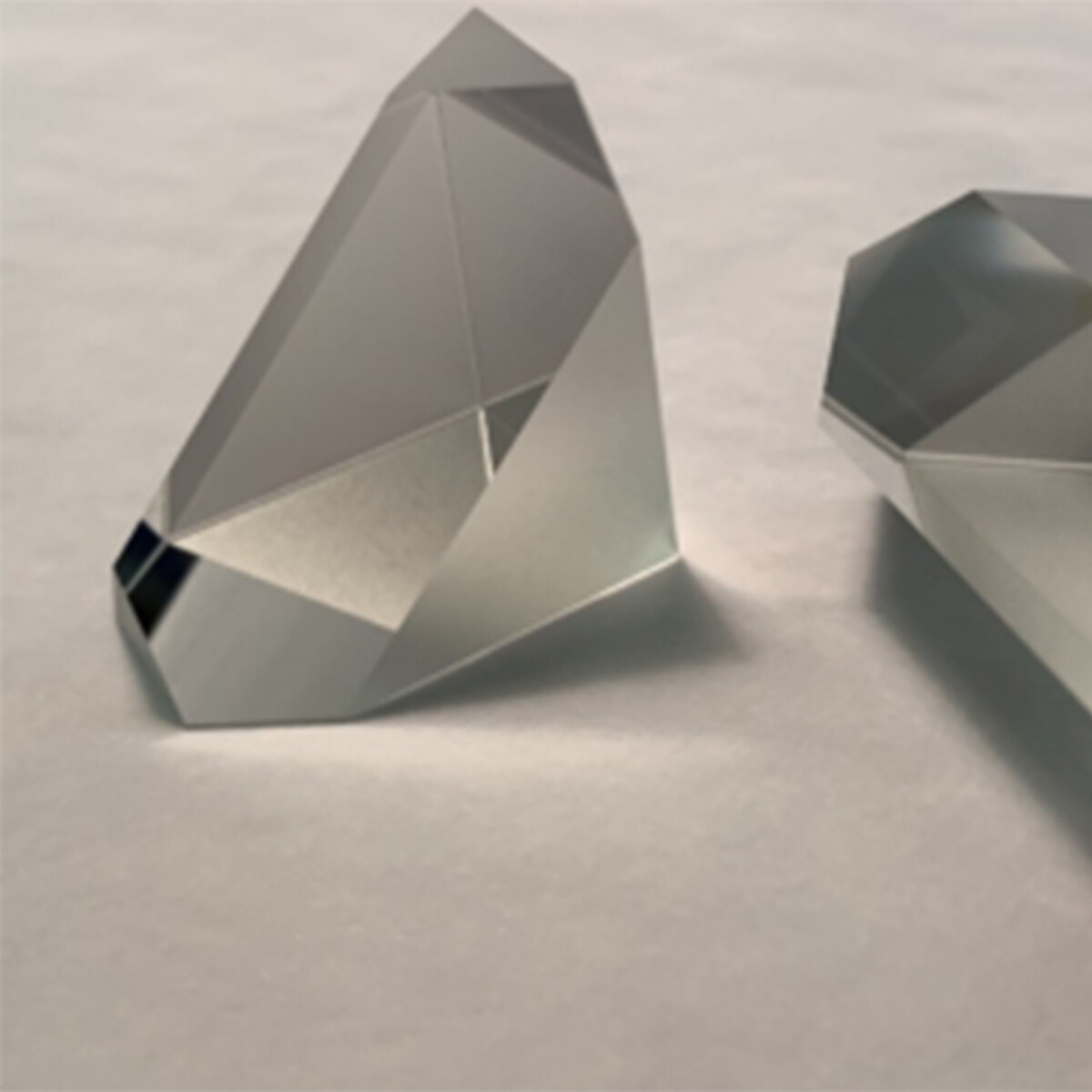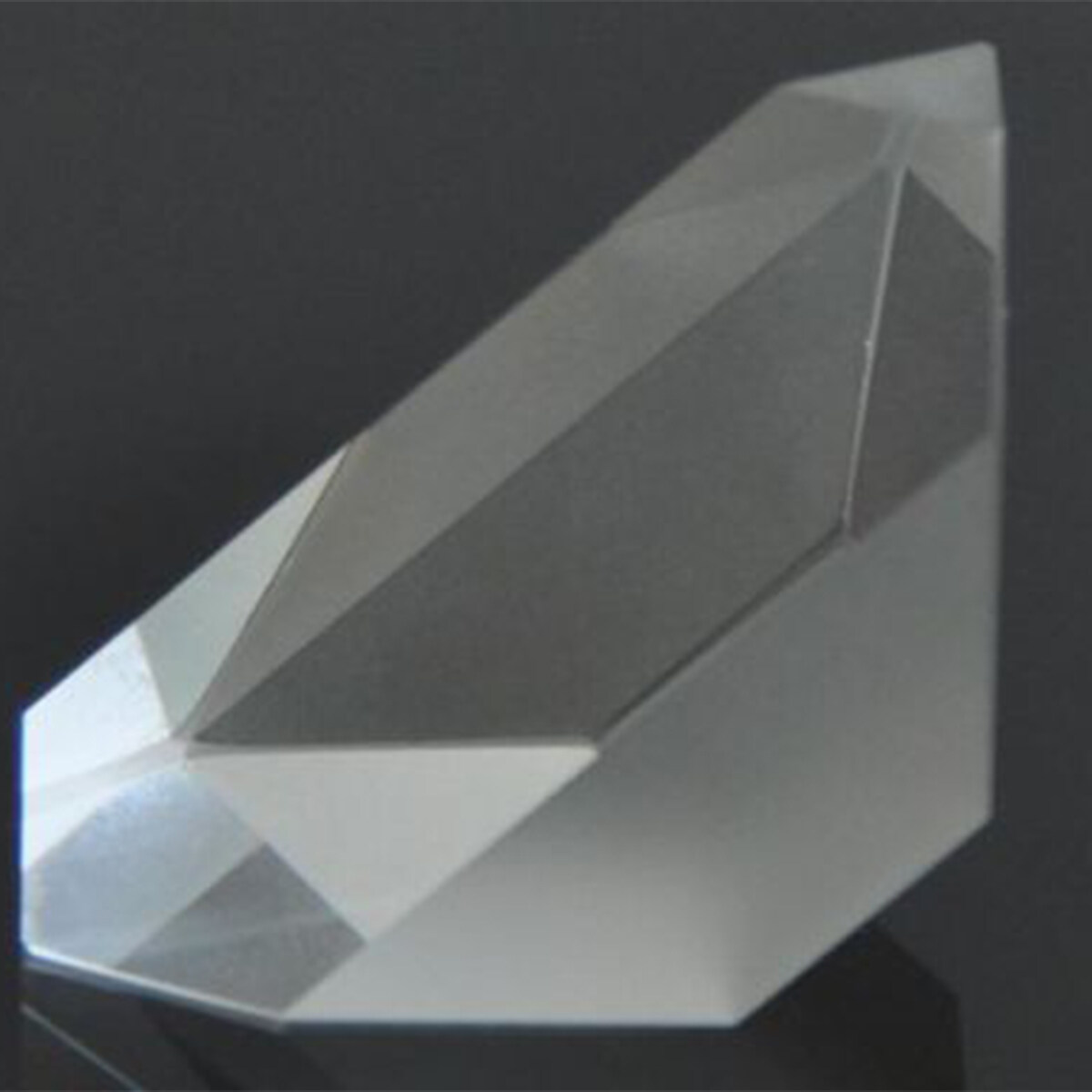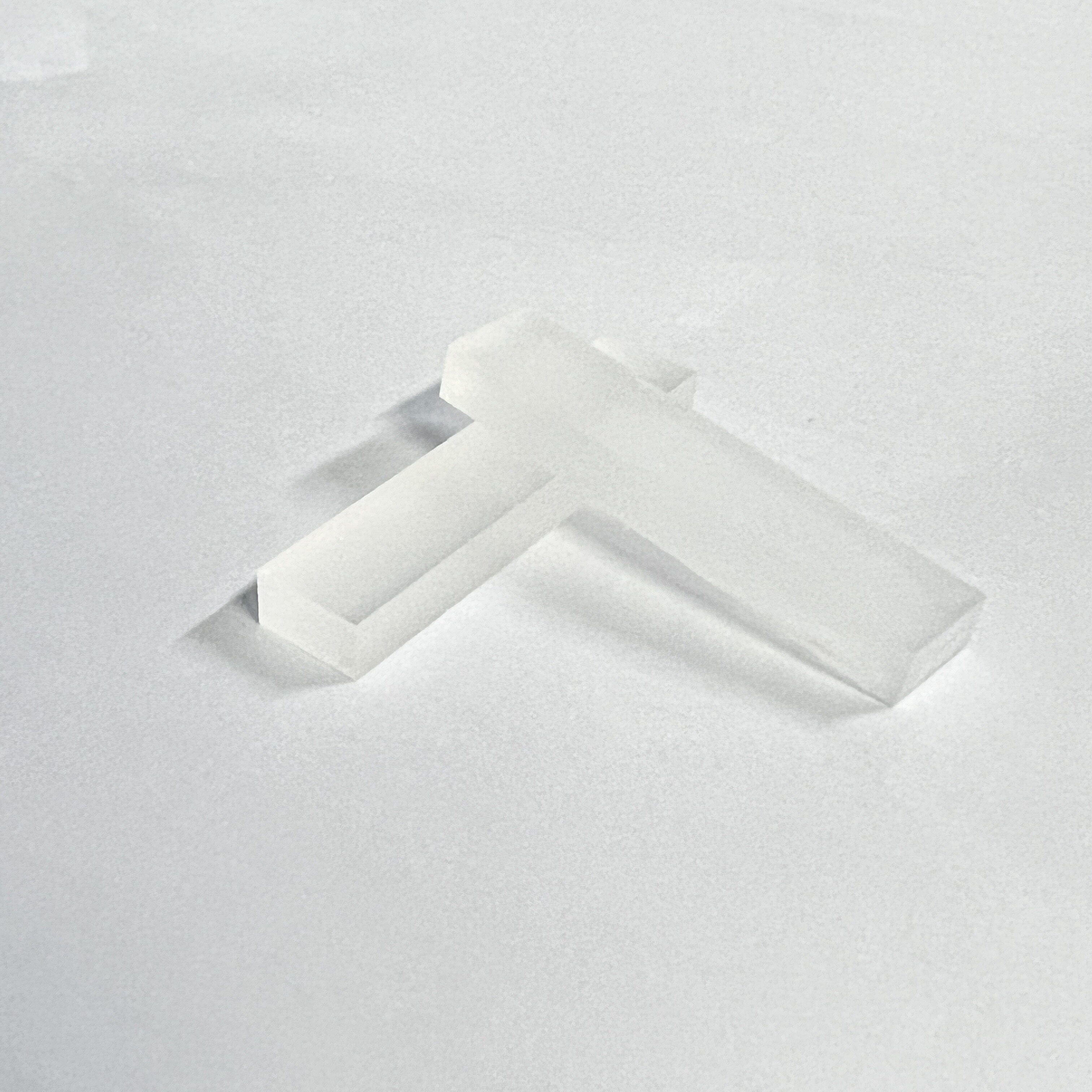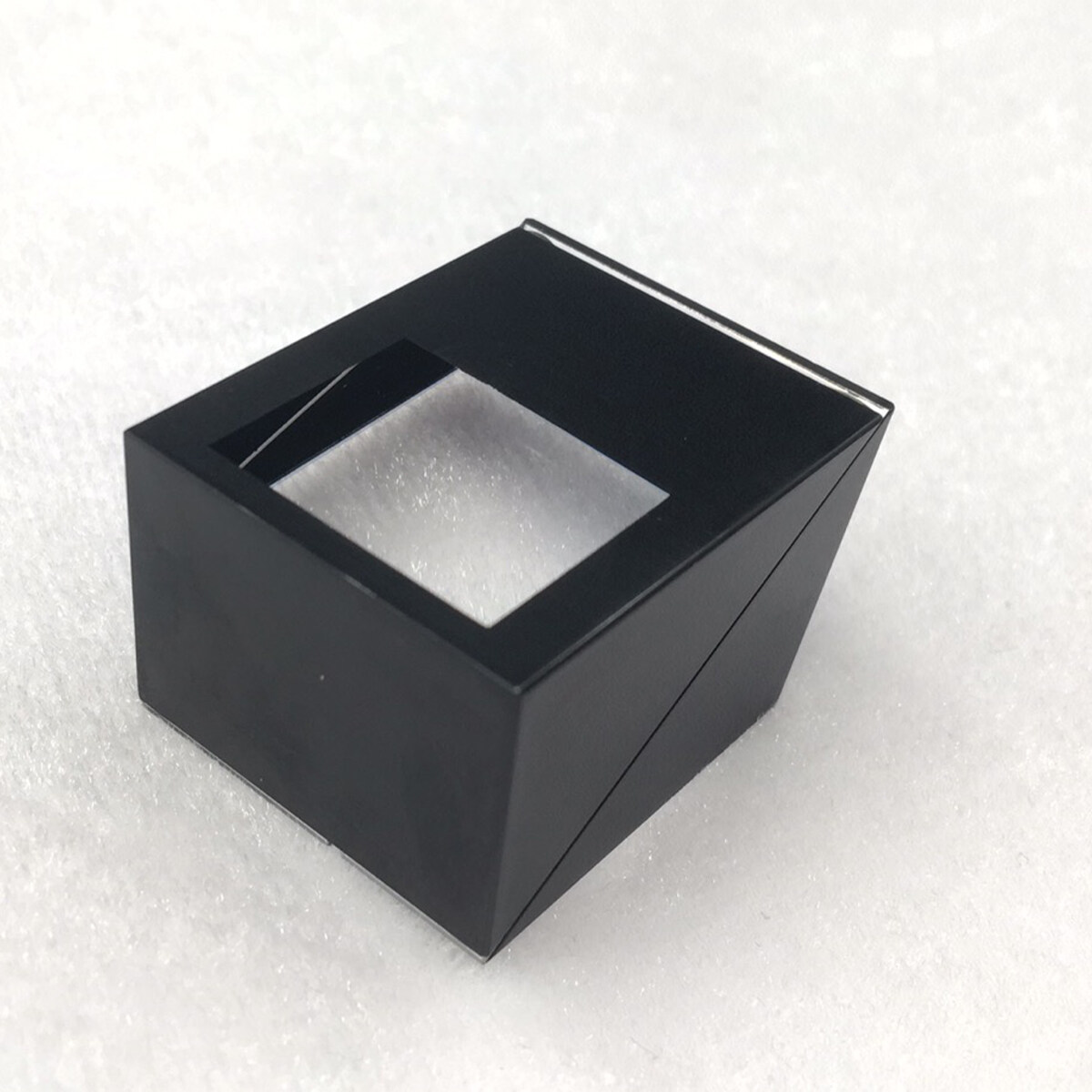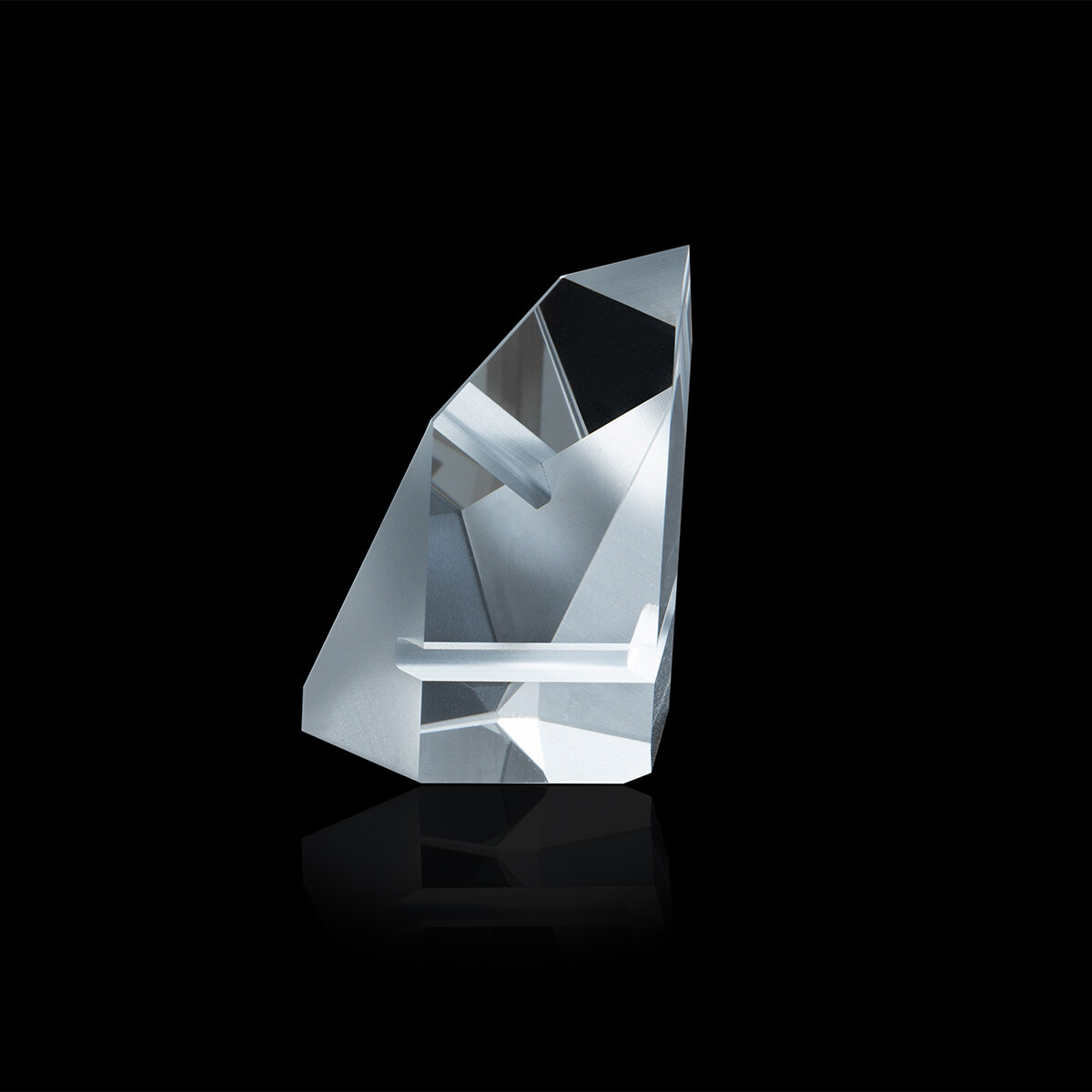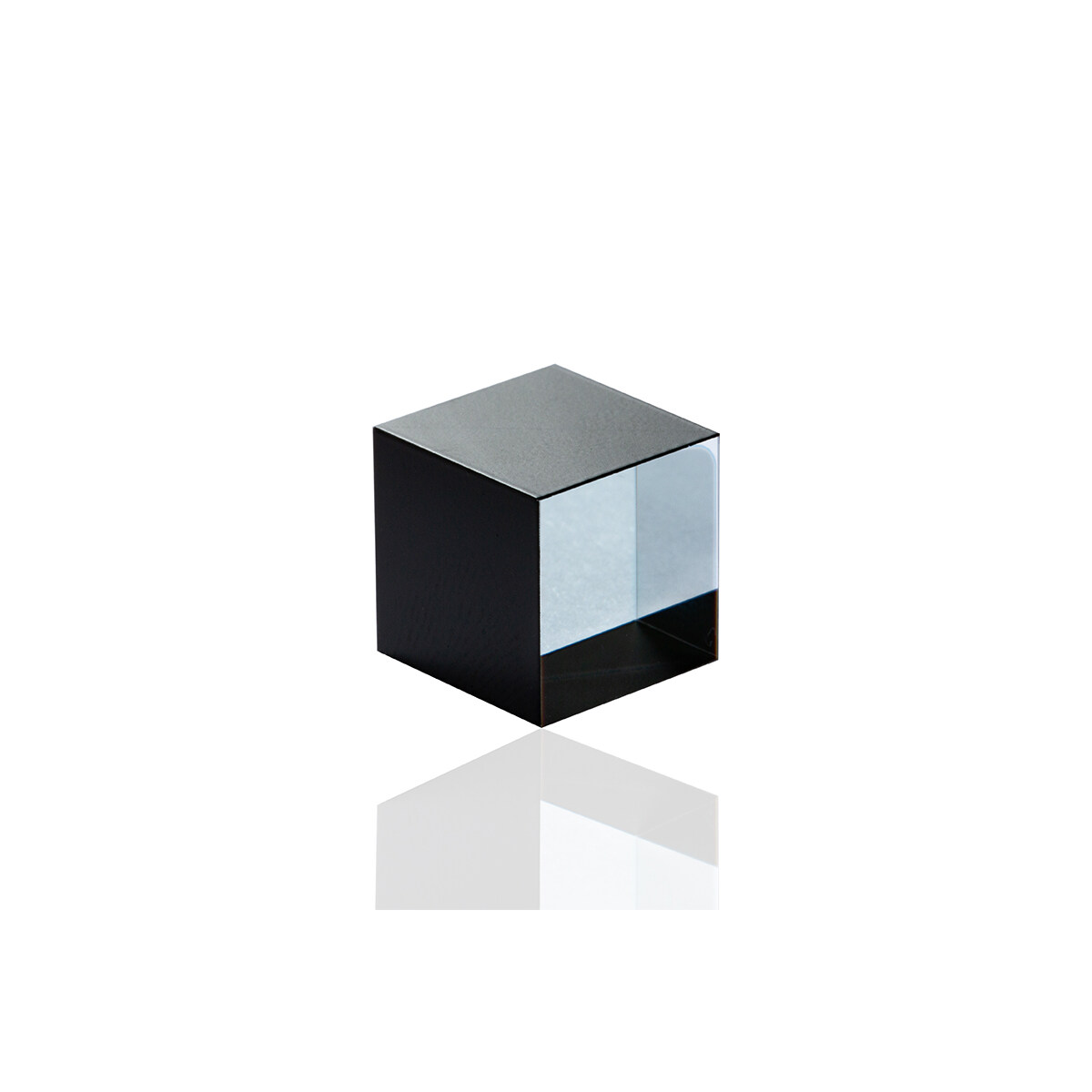Email format error
Email cannot be empty
Email already exists
6-20 characters(letters plus numbers only)
The password is inconsistent
Email format error
Email cannot be empty
Email does not exist
6-20 characters(letters plus numbers only)
The password is inconsistent

Roof Prism
These roof prism binoculars are designed for astronomy. This is a high-quality roof prism binoculars for astronomy.It offers a more comfortable viewing experience and clear images.
Roof prism is usually the general term or synonym of optical prism that can only change the direction of light by 90 ° through reflection. The image reflected and flipped by the two planes will intersect on the optical axis and flip to the side.
The single proper prism is the simplest roof prism, but its most commonly used case (the structure of the bistro prism in the binocular) does not take advantage of the characteristics of the roof prism.
Other common roof prisms include the Amish prism, Abbe Corney prism, Schmidt Behan prism, and pentaprism.
Proper prism
A proper prism is a refractive prism used in optical instruments to modify the orientation of images. It is named after Italian Optical Engineer Inacio proper, the inventor.
A proper prism is an isosceles right angle prism made of glass blocks, with the end plane facing the right angle. In use, the light enters from the largest rectangular plane in the prism, passes through the total reflection of the inclined plane twice, and then penetrates the original incident plane. Because light only enters and leaves in a normal state, the prism does not have the effect of dispersion.
However, the image passing through the prism will be turned 180 ° and will travel in the original direction of entry, that is, the direction of travel will also be changed 180 °. However, because the image has been reflected twice, the rotation directivity has not changed.
Proper prisms are most often used in pairs as a combination of bistro prisms, and the second prism is rotated 90 ° relative to the first. Let the light pass through the two prisms so arranged. The net effect of the prism system is that the incident light is changed in the direction of travel in parallel, the image is rotated 180 °, and the partial chirality remains unchanged.
The bistro prism system is suitable for the change of image direction of small optical telescopes (the arrangement of image reconstruction systems), especially in many binoculars, it provides image reconstruction and longer light path folding, and effectively shortens the distance between the objective and eyepiece.
Usually, in the combination of bistro prisms, the two prisms will be glued together, and the excess part will be cut off to reduce the warp weight and size. The proper prism alone can also be regarded as a roof prism, but it will not be used in binoculars in this way.
Deformation of the bistro prism is the pro-Abbe prism.
Pentaprism
Pentaprism is an optical prism with five reflecting surfaces, which can deflect the incident light by 90 °. The incoming light is reflected twice in the prism to change the direction by 90 °, which will not only not invert, but also change the image's chirality. Ordinary right-angle prisms will invert the image and change the chirality.
The reflection inside the prism is not caused by total reflection, because the angle of the incident light at the time of reflection is less than the critical angle, that is, the minimum angle of total reflection, so both reflecting surfaces should be plated as reflecting mirrors; The incident and outgoing surfaces should be coated with anti-reflection film to reduce reflection. Although the fifth surface is not used, the included angle with the two reflecting surfaces is obtuse (greater than the internal angle of a right angle).
Amish prism
Named after Italian astronomer Giovanni amici, the amici prism is an optical prism with a dispersive function, which is often used in spectrometers. Amisi prism is composed of two triangular prisms. The first triangular prism is usually made of coronal glass with medium dispersion ability, and the second is made of flint glass with high dispersion.
When entering the first prism, the light is first refracted, then enters the interface between the two prisms, and then emits in a direction almost perpendicular to the surface of the second prism. The angle and material of the prism are selected so that the light of one wavelength (color) is usually the wavelength of the center, which is parallel to the incident beam when leaving the prism. The deflection angle of other wavelengths is related to the dispersion ability of the material. Observing a light source passing through a prism can show the optical spectrum of the light source.



